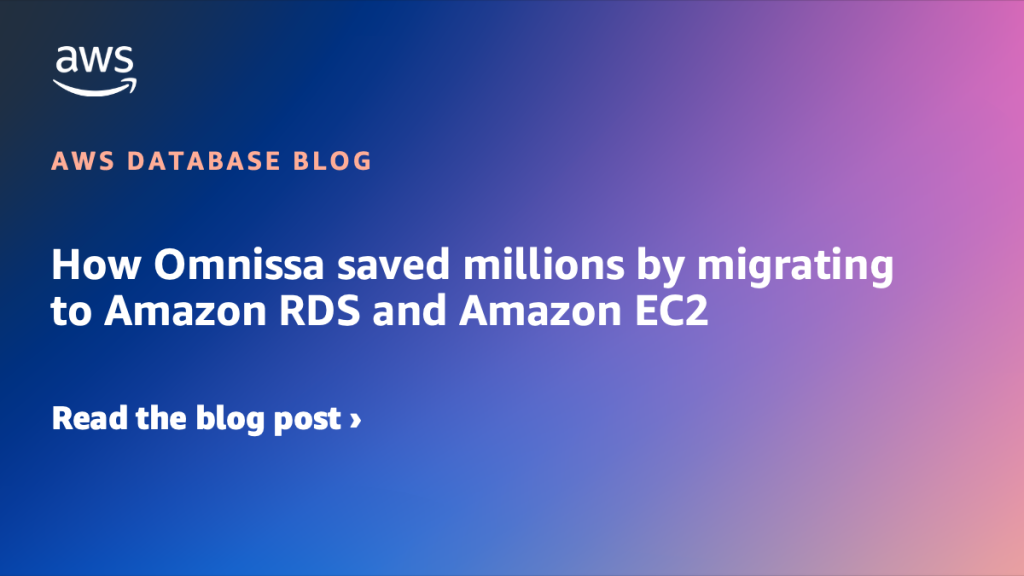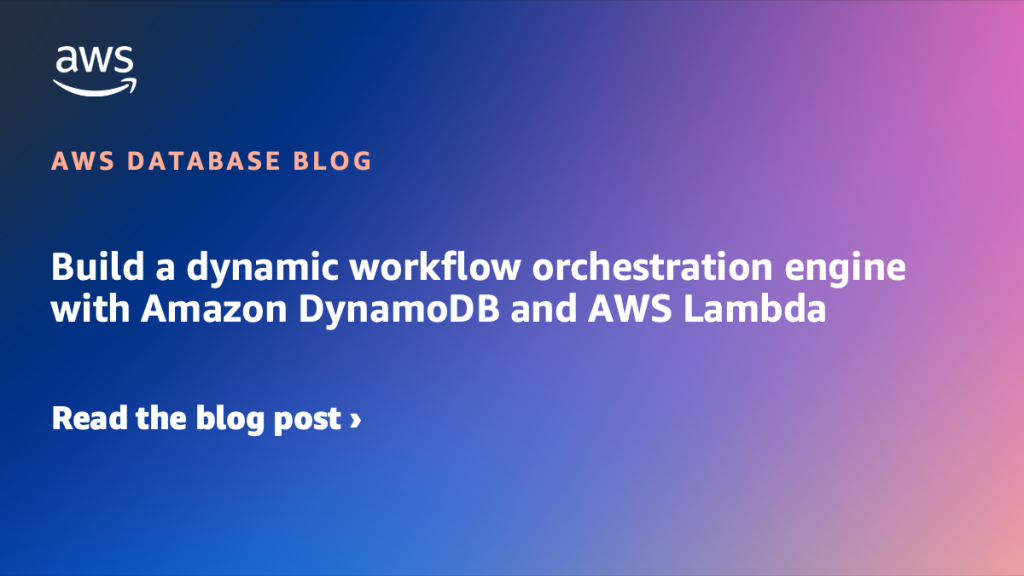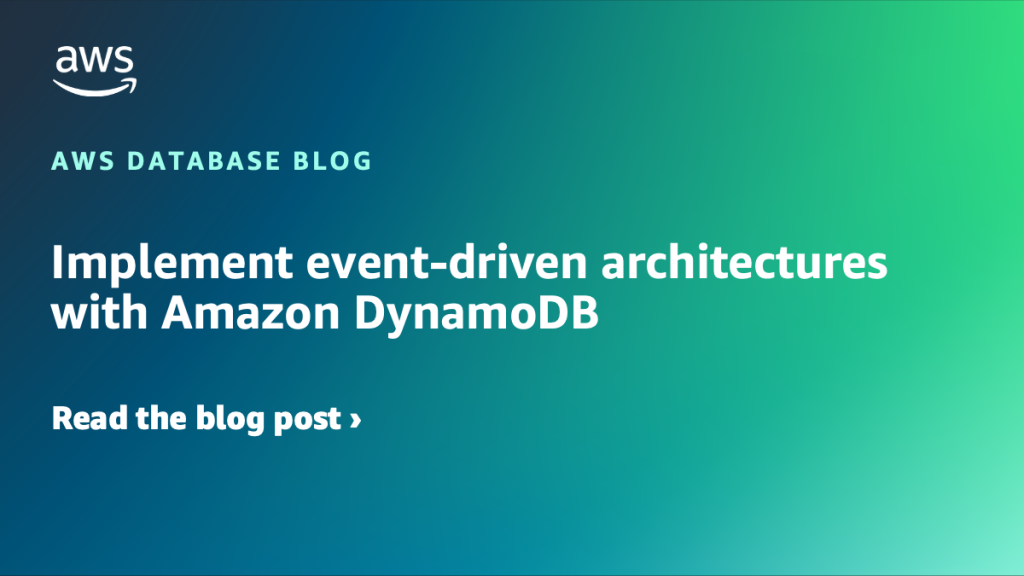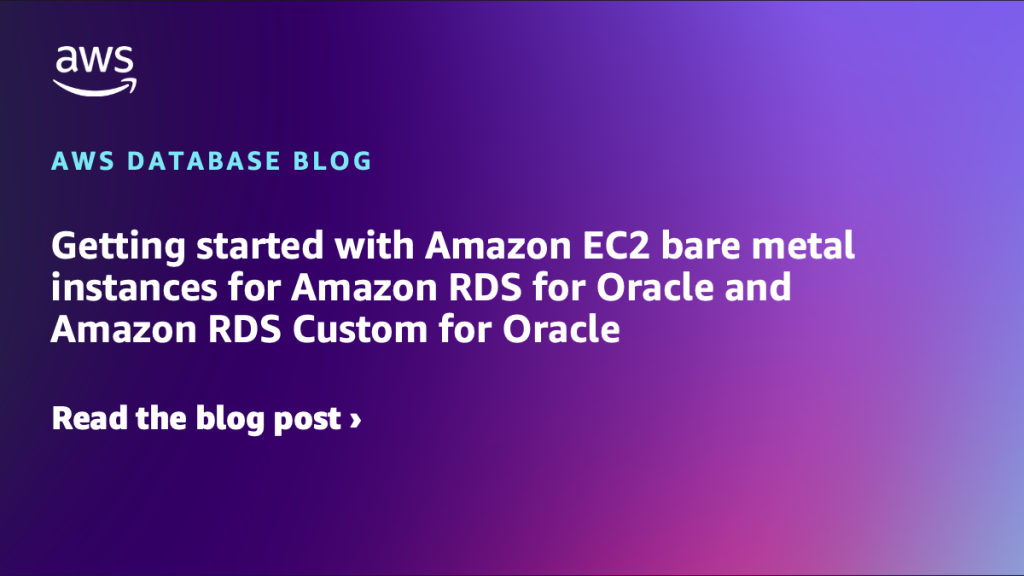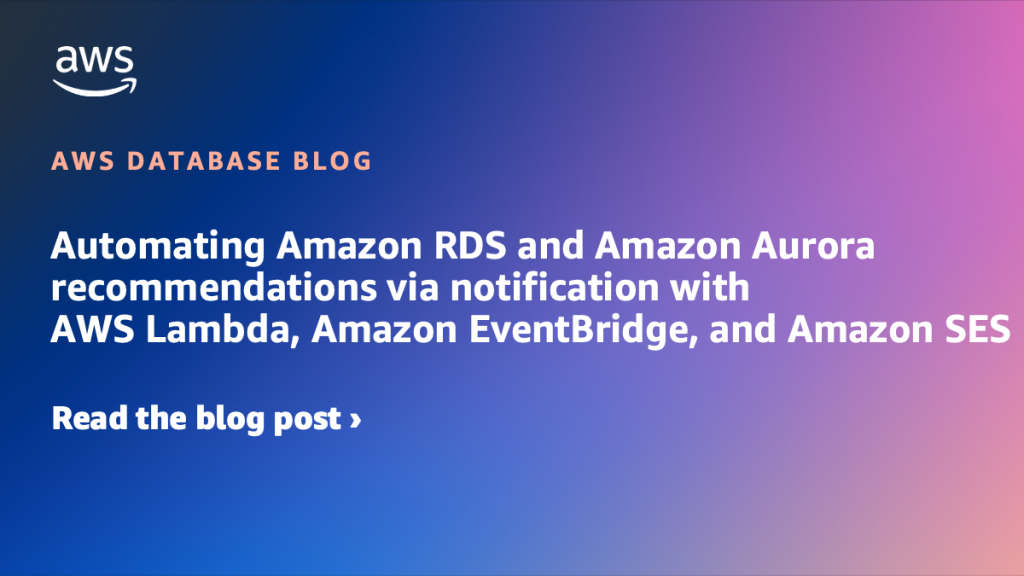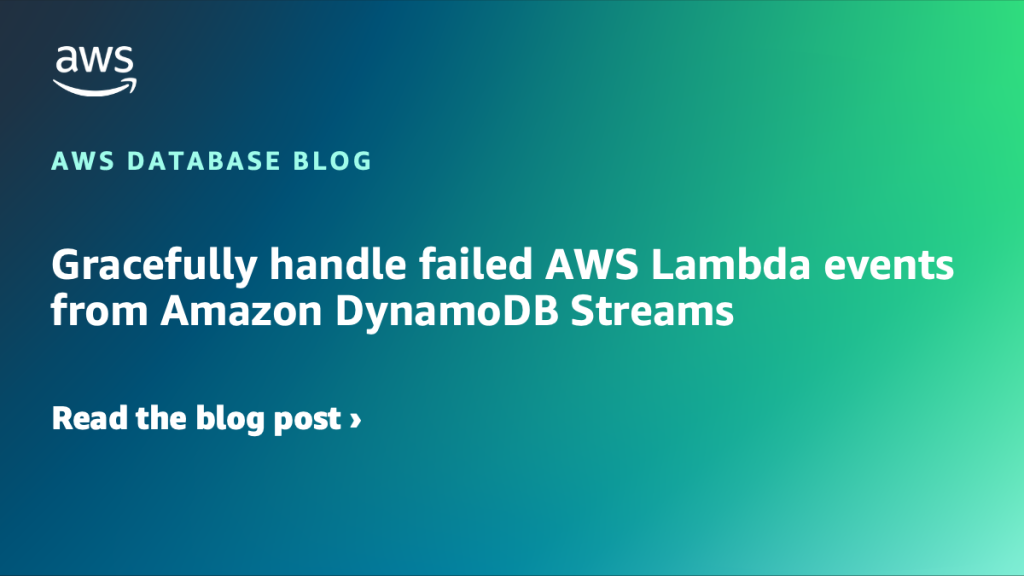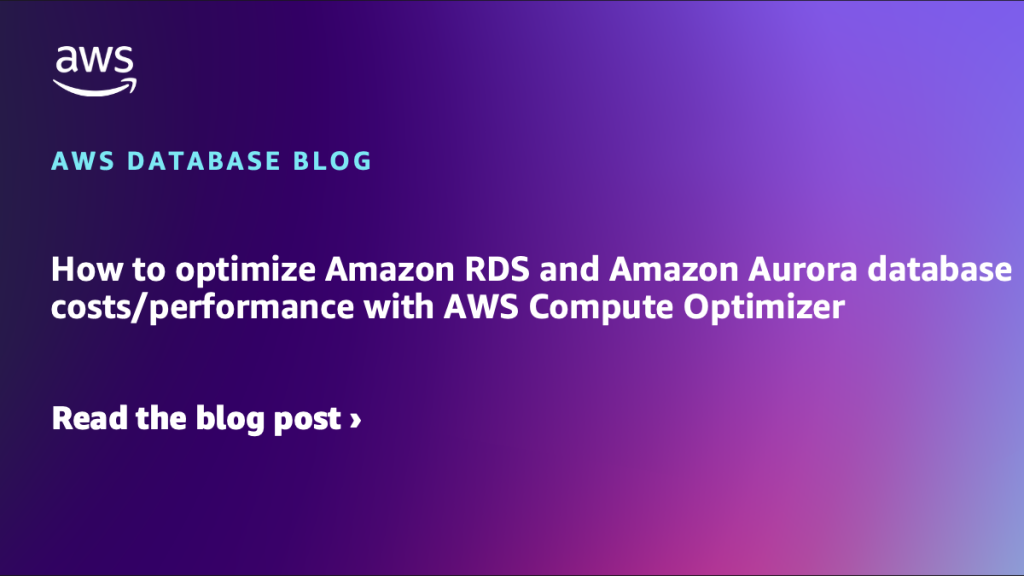AWS Database Blog
Category: Compute
How Omnissa saved millions by migrating to Amazon RDS and Amazon EC2
Omnissa is a digital workspace technology leader that delivers smart, seamless, and secure digital work experiences for organizations worldwide. It serves 26,000 customers, including the top seven of the Fortune 500 companies. In this post, we walk through the Omnissa’s journey of migrating its mission-critical UEM platform and self-managed SQL Server workloads from VMware Cloud on AWS (VMC-A) to Amazon RDS for SQL Server and its application servers to Amazon EC2.
GroundTruth reduces costs by 45% and improves reliability migrating from Aerospike to Amazon ElastiCache for Valkey
GroundTruth, an advertising platform leading the way in location- and behavior-based marketing, empowers brands to connect with consumers through real-world behavioral data to drive real business results. As our advertising platform scaled to process increased volume of ad requests and third-party segment ingestion, maintaining our Aerospike-based caching infrastructure introduced significant operational complexity and rising costs, while also compromising performance and limiting our ability to scale efficiently. To meet our requirements we implemented Amazon ElastiCache for Valkey, which streamlined our operations, improved reliability, and reduced costs. In this post, we walk through our migration journey, covering the migration strategy we adopted, the optimizations we made to reduce cost by 45%, reliability improvements including reducing write failures by 20x, and operational gains from managed service capabilities.
Build a dynamic workflow orchestration engine with Amazon DynamoDB and AWS Lambda
In this post, I show you how to build a serverless workflow orchestration engine that uses Amazon DynamoDB and AWS Lambda. The complete implementation is available in a GitHub repository, which includes two fully functional examples that you can deploy and run immediately to see the orchestration engine in action.
Implement event-driven architectures with Amazon DynamoDB – Part 2
In this three-part series, we explore approaches to implement enhanced event-driven patterns for DynamoDB-backed applications. In this post (Part 2), we explore another method which uses global secondary indexes (GSIs) to handle fine-grained Time to Live (TTL) requirements.
Implement event-driven architectures with Amazon DynamoDB
In this three-part series, we explore approaches to implement enhanced event-driven patterns for DynamoDB-backed applications. In this post (Part 1), we focus on improving DynamoDB’s native TTL functionality by implementing near real-time data eviction using EventBridge Scheduler, reducing the typical time to delete expired items from within a few days to less than one minute.
Getting started with Amazon EC2 bare metal instances for Amazon RDS for Oracle and Amazon RDS Custom for Oracle
In this post, we explore the support for AWS bare metal instances on Amazon EC2 bare metal Instances for Amazon RDS for Oracle and RDS Custom for Oracle.
Automating Amazon RDS and Amazon Aurora recommendations via notification with AWS Lambda, Amazon EventBridge, and Amazon SES
In this post, we walk through a solution that automates the notification of Amazon RDS and Aurora recommendations through email using AWS Lambda, Amazon EventBridge and Amazon Simple Email Service (Amazon SES).
Gracefully handle failed AWS Lambda events from Amazon DynamoDB Streams
In this post, we show how to capture and retain failed stream events for later analysis or replay using Amazon S3 as a durable destination. We compare this approach with the traditional Amazon SQS dead-letter queue (DLQ) pattern, and explain when and why Amazon S3 is a preferred option.
How to optimize Amazon RDS and Amazon Aurora database costs/performance with AWS Compute Optimizer
In this post, we dive deeper into database optimization for your Amazon Relational Database Service (Amazon RDS), exploring how you can use AWS Compute Optimizer recommendations to make cost-aware resource configuration decisions for your MySQL and PostgreSQL databases.
Leveling up Amazon RDS with AWS Graviton4: Benchmarks
In November 2024, AWS introduced the latest evolution of its custom-designed ARM-based processors with Graviton4, delivering significant performance and efficiency improvements for Amazon RDS for PostgreSQL, MySQL, and MariaDB and Amazon Aurora. In this post, we focus on Amazon RDS for PostgreSQL and compare the performance of the new Graviton4 instances to both Graviton3 and Graviton2. Using benchmarks, we evaluate throughput, latency, and price-performance, showcasing the advantages of Graviton4 for modern database workloads.
